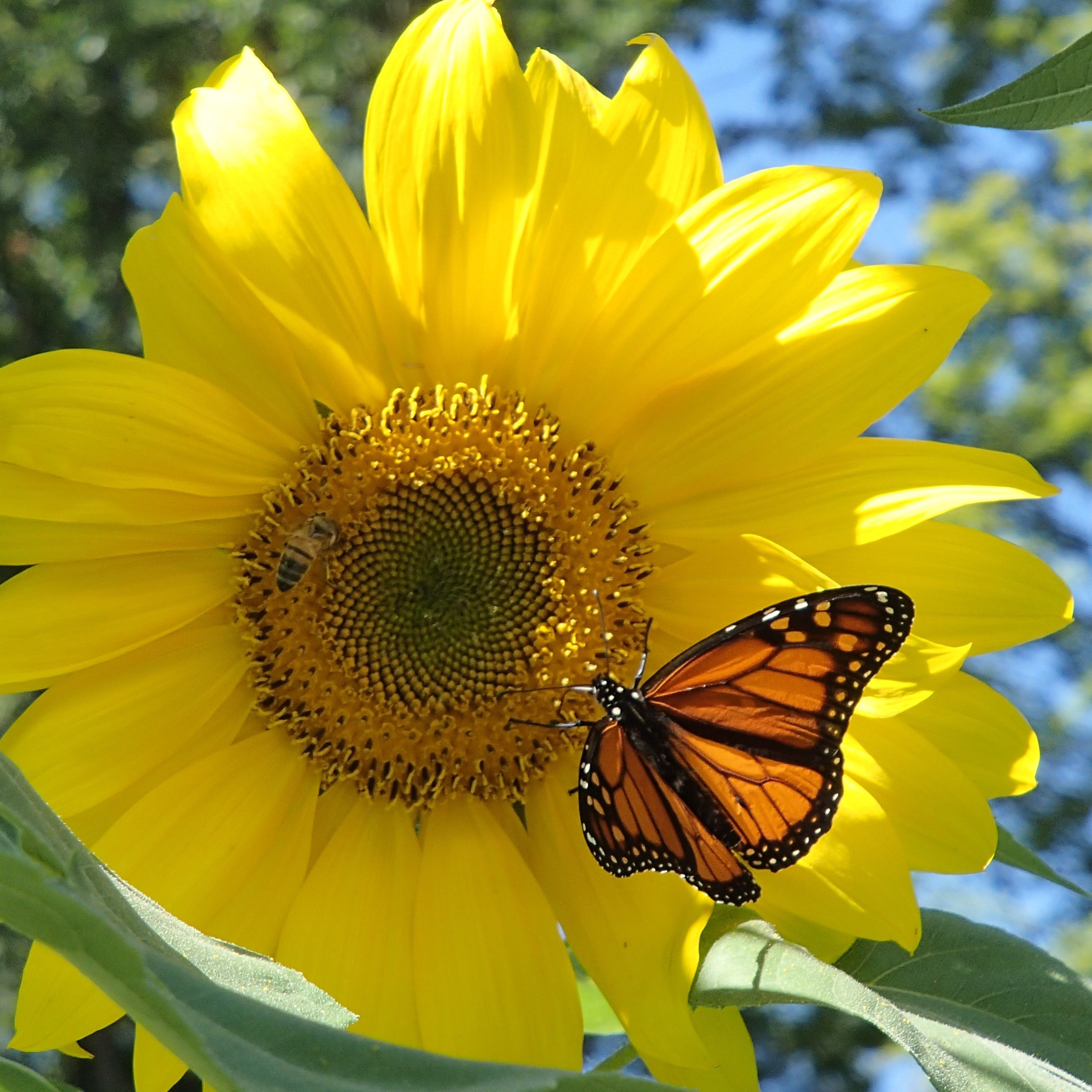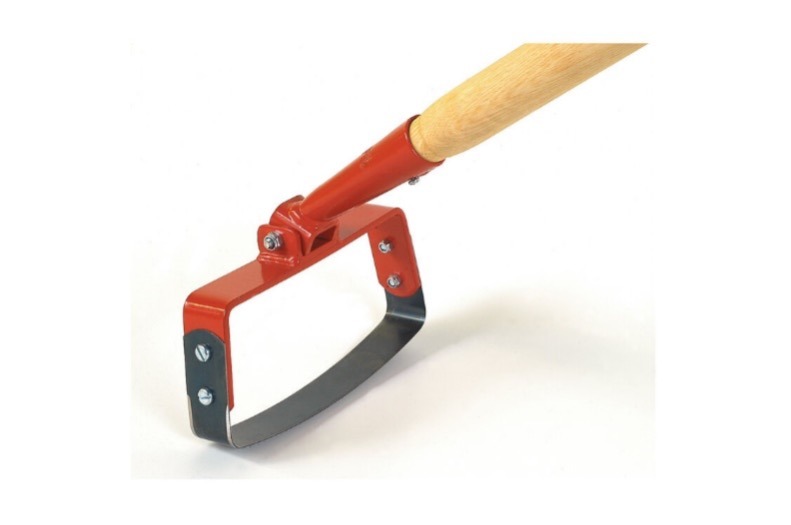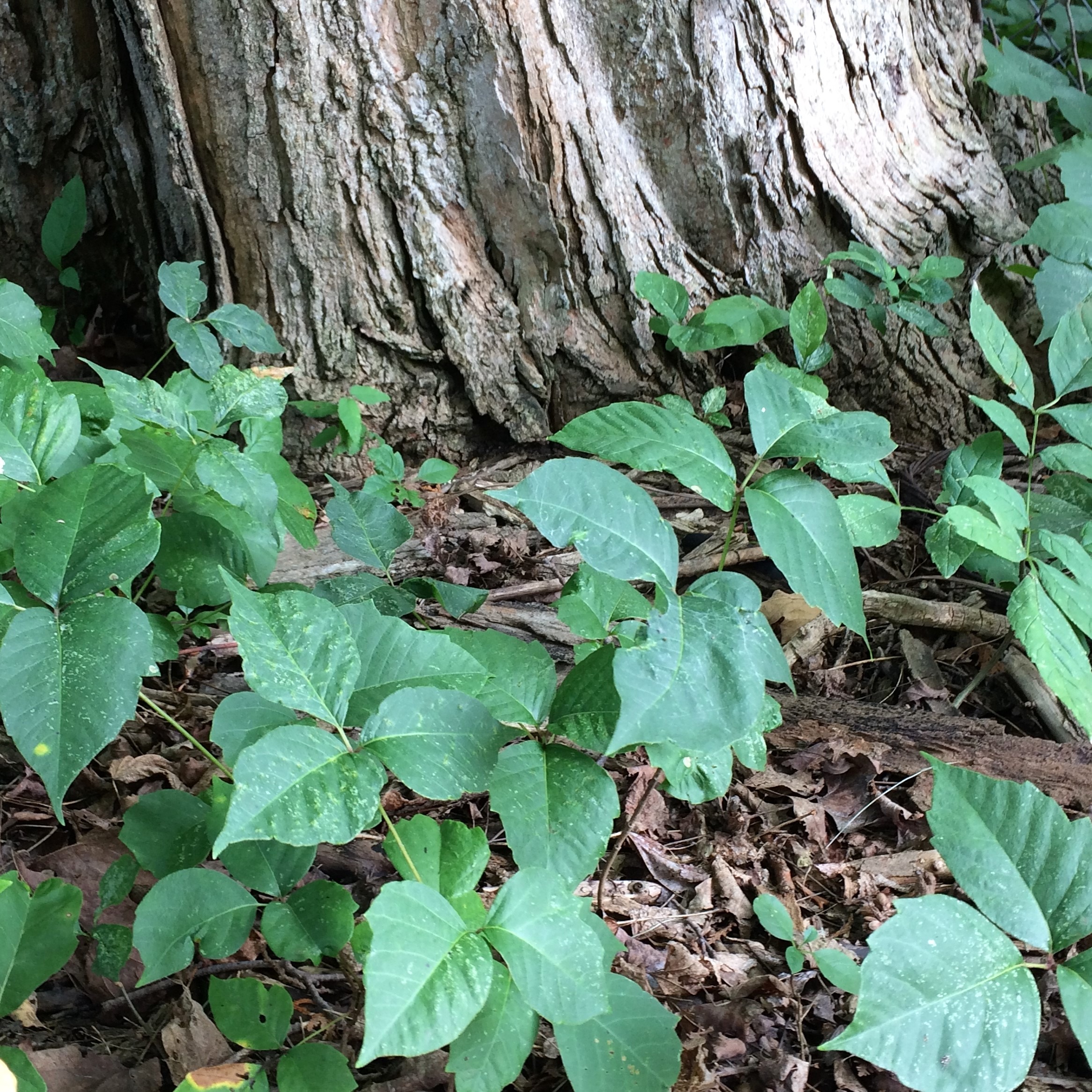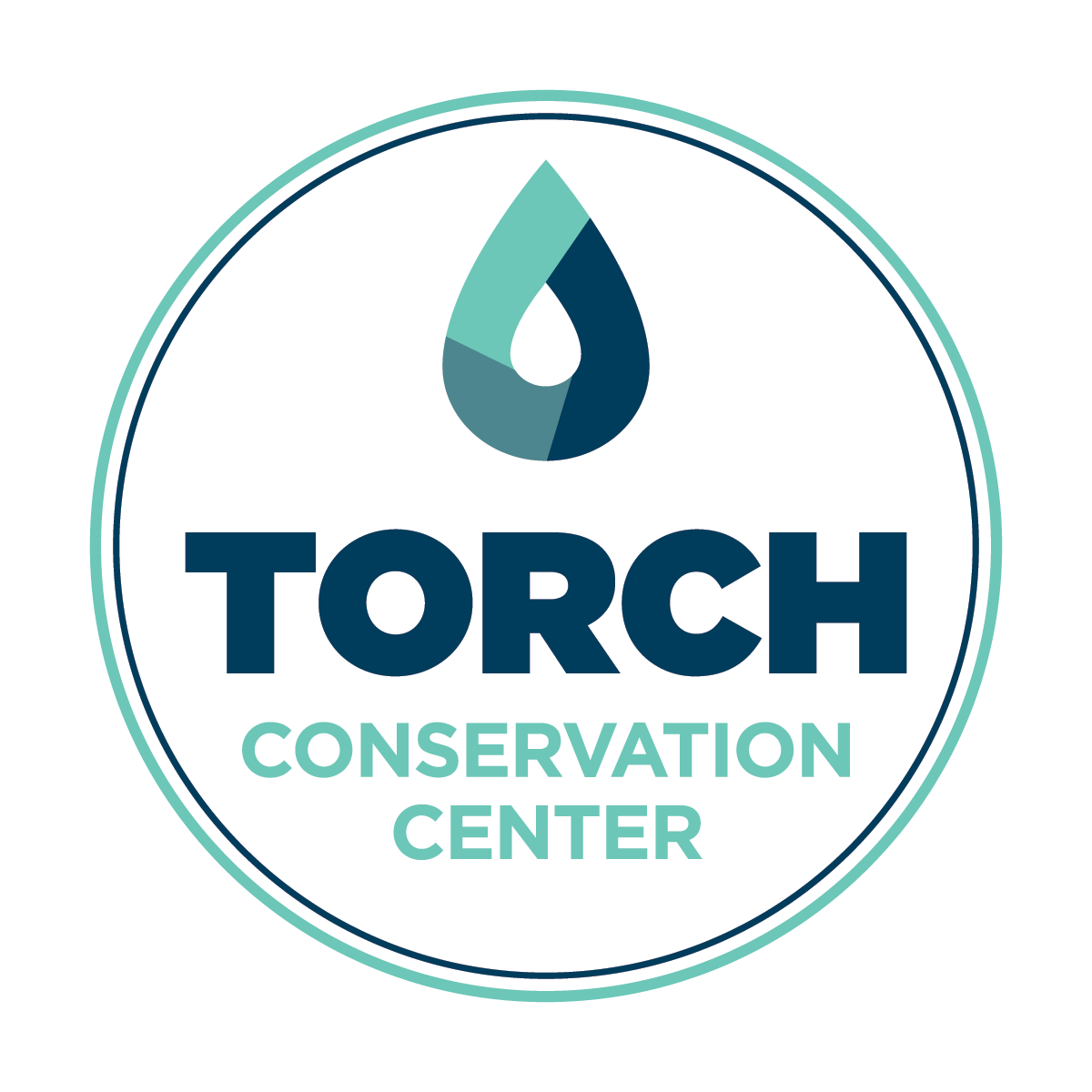 TRUE BLUE Lawns
TRUE BLUE Lawns
Water-Friendly Pesticides and Herbicides
Toxic chemicals are entering your drinking water and Torch Lake, plus more than 40 tributary streams in the Torch Lake Watershed.
“Homeowners use 10x more chemicals per acre than farmers do,” according to the U. S. Fish & Wildlife Service.
Chemical pesticides and herbicides can cause problems:
- They contain toxins.
- They are not selective or effective in killing insects.
- They kill beneficial insects along with the pests.
- When you spray a chemical pesticide, less than 1% reaches a target.
- They have been linked to cancer and other health problems in humans.
- They decrease the number of insects impacts the number of birds and fish.
Natural pesticides prevent problems:
- They do not contain toxins.
- They are not harmful to native birds, bees or butterflies.
- They are not harmful to humans.

Photo: Torch Conservation Center
What are the benefits to you and our water?
- Keeps toxins out of Torch Lake, so they won’t harm fish and aquatic creatures
- Keeps drinking water safe from toxins
- Keeps you and your family away from chemicals that can cause health issues-neurologic disorders, endocrine system disorders, birth defects and cancer including prostrate, leukemia, lymphoma
What can you do?
Use natural pesticides to control unwanted insects in your garden.
Not all insects are pests.
Some insects are beneficial in gardens. Native lady bugs, lacewings, and hover flies feed on unwanted insects like aphids, mites, whiteflies and scale.
Insects serve an important role in the breeding season of birds. Insects provide a high protein, high fat diet for fast growing baby birds.
Insects are important food for native fish.
- Mayflies hatch in the spring, rising from the bottom sediment in the lake and flying above the water to mate.
- Smallmouth bass, lake perch and lake trout feast on mayflies.
Natural Pesticides
STEP 1. Do a little research to identify your insect pest.
Visit the Michigan State University Extension office in the Antrim County Building in Bellaire or call (231) 533-8818.
STEP 2. Use a natural pesticide that targets the insect.
CRAWLING INSECTS like ants, slugs & spiders
- Spread Diatomaceous Earth powder around your garden plants.Reapply after rain.
Diatomaceous earth is crushed rock containing fossilized algae or diatoms.
CHEWING INSECTS like aphids, mites, white flies & beetles
1. Mix insecticidal soap.
To 1 gallon of water add:
- 5 Tablespoons of liquid dish soap
- 2 Tablespoons of vegetable oil
Pour into spray bottle. Shake bottle often.
Spray weekly morning or evenings.
Or
2. Spray Neem Oil weekly according to directions.
Neem Oil is a gum extracted from an evergreen tree. Neem oil is non-toxic to pets, birds, fish and wildlife.

Photo: Torch Conservation Center
CUTTING INSECTS like cabbage worms & tomato hornworms
- Spray Bacillus thuringiensis (Bt) according to directions.Bacillus thuringiensis (Bt) is a naturally occurring bacteria. It is non-toxic to humans, pets and beneficial insects.
| Type of Insect | Treatment | Action to Insect Pest |
|---|---|---|
| CRAWLING INSECTS like ants, slugs & spiders | Spread Diatomaceous Earth powder around your garden plants. Reapply after rain. | Cuts insects with sharp edges of crushed diatoms. |
| CHEWING INSECTS like aphids, mites, white flies & beetles | Mix insecticidal soap. To 1 gallon of water add 5 Tablespoons of liquid dish soap 2 Tablespoons of vegetable oil Pour into spray bottle. Shake bottle often. OR Spray Neem Oil weekly according to directions | Dries out insects. OR Repels insects. |
| CUTTING INSECTS like cabbage worms & tomato hornworms | Spray Bacillus thuringiensis (Bt)) according to directions. | Bacteria makes toxic proteins for some insects. |
STEP 3. Grow companion native plants in your garden.
- Plant native plants: yarrow, black-eyed Susan’s, asters, coreopsis to attract beneficial insects: lady bugs, lace wings and hover flies.
- In your vegetable garden plant marigolds, chamomile, daisy, onion, garlic, parsley and nasturtiums to attract native insects that eat non-native pests.
STEP 4. Properly dispose of leftover chemical pesticides.
- Pesticides contain hazardous chemicals.
- Dispose of pesticides at Hazardous Waste Collection Days.
Natural Weedicides
WEEDS IN GARDENS
Step 1. Pull by hand or use a stirrup hoe or multiprong weeder, after a rain or watering when the soil is soft and moist.
Hold the stirrup hoe like a broom and drag the blade under the soil surface. Push the multiprong weeder into the soil, twist using your upper body and hips.


Step 2. Add Mulch to your garden to keep down weeds.
Mulch around your garden plants keep sunlight from reaching the soil where weed seeds germinate.
WEEDS IN DRIVEWAYS & PATHS
These methods are not selective, so be careful where and when you apply.
Step 1. Pour boiling water on weeds.
Step 2. Make and spray this inexpensive weed killer.
True Blue Weedicide
Mix in a garden sprayer or bottle sprayer
- 1 gallon of cleaning vinegar*
- ¼ cup liquid dishwashing detergent
Shake and spray on a sunny, windless day for best results.
Repeat as needed.
Optional: Add 1 cup table salt. This will sterilize the soil so nothing will grow.
*White vinegar found in grocery stores is 5% acetic acid; it is usually strong enough for most weeds. Industrial strength cleaning vinegar found in garden and hardware stores is 15%-20% acetic acid. Protect yourself when using the stronger acetic acid with gloves and goggles.

Photo: Torch Conservation Center
| Location of Weeds | Treatment |
|---|---|
| Weeds in Gardens | Pull by hand Pull with stirrup hoe Pull with multiprong hoe |
| Spread Mulch around plants | |
| Weeds in Driveways | Pour boiling water on weeds |
| Spray with inexpensive weedicide: True Blue Weedicide Mix in a garden sprayer or bottle sprayer 1. Add 1 gallon of cleaning vinegar* 2. Add ¼ cup liquid dishwashing detergent Shake and spray on a sunny, windless day for best results. Repeat as needed. Optional: Add 1 cup table salt. This will sterilize the soil so nothing will grow. |
POISON IVY
Poison Ivy is a prevalent and persistent weed in the Torch Lake Watershed.
It can cause itchy rashes that can last for 7-10+ days.
People can get an allergic reaction from touching poison ivy, carrying sticks that have lain in poison ivy or breathing smoke from wood that has lain in poison ivy.
If you get a severe reaction, go directly to the nearest Emergency Room in Kalkaska, Charlevoix or Traverse City.
Step 1. Protect yourself.
- Wear long pants, long sleeves and gloves.
- Tape your pant legs closed and the gloves around your wrists.
Step 2. If there are only a few plants, pull poison ivy and place in trash NOT in the compost pile.
- DO NOT BURN IT!
- Burning can lead to serious eye irritation and respiratory difficulties.
Step 3. Larger patches are too hardy for a vinegar spray.
- Use a sprayer with Round-Up. It is the only time we recommend this chemical.
- Watch the 3-day weather forecast. Spray only if rain is NOT in the forecast.to prevent polluting stormwater runoff.

Photo: Trish Narwold
Links
Find more Caring for Water ideas in TRUE BLUE Lawns
Don't just wish that Torch Lake will stay blue.
Choose a water-friendly lifestyle - make a difference!
About
Social
Subscribe to TRUE BLUE News
Follow us on Facebook
Share a favorite photo with us on Instagram (#truebluetorch)
